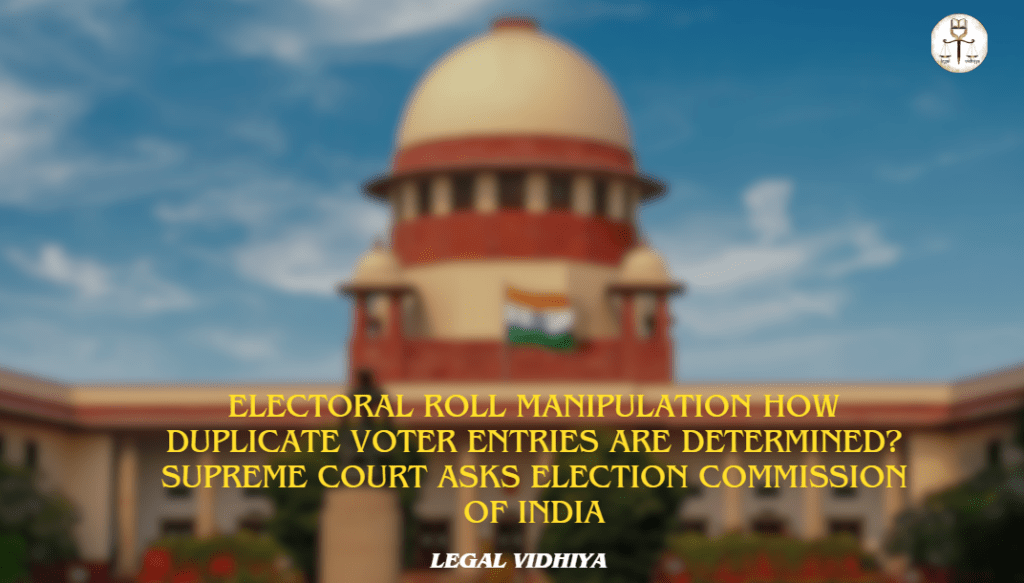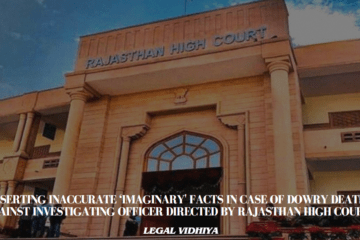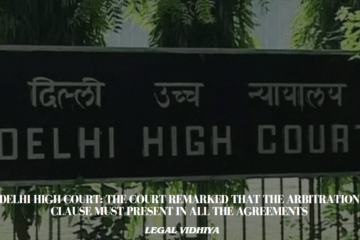
Monday, February 5, the Supreme Court of India asked the Election Commission of India several questions on removing duplicate registrations from the electoral roll.
The court, headed by the Chief Justice of India, posed important questions to Amit Sharma, standing counsel for the ECI: First, how did the ECI determine that certain entries were duplicates?
Second, how does information about voter deaths reach to ECI?
The bench comprising CJI DY Chandrachud, Justice JB Pardiwala and Justice Manoj Mishra was hearing a petition filed by Samvidhan Bachao Trust, an NGO, raising the issue of duplicate voters.
Senior Advocate Meenakshi Arora, appearing for the petitioners, pointed out that “my main case is that when the Chief Election Officer issues notice to all the collectors in his district, the collector will issue an announcement to carry out the process, he mentioned erasing the names of the dead and those who have changed but it doesn’t mention duplication. And when I came back, there was no mention of duplication. She added that the ECI did not mention the issue in its counter-affidavit.”
During the investigation, Amit Sharma told the court that the final publication of the voters’ list would take place on February 8, 2024. CJI asked Amit Sharma to provide the final number of people identified as dead and had to be relocated and removed from the duplicate list thereafter.
The process of duplication was explained by Adv. Meenakshi Arora, in which, through computerization, duplicate registrations that have been recorded in the electoral roll will be detected. Emphasizing that the process was swift, she added, “there have been cases where right before the election process, the court has ordered them to carry out deduplication. Our complaint is that you can have great instructions but those instructions need to be implemented on the spot.
Arora referred to the state of Uttar Pradesh and said there was no column for ‘multiple entries’/’duplicate entries’ when district officers were instructed by election officials to verify deaths and movements. This means duplicate data is not handled correctly. Duplicate entries can be abused because it’s the same person twice and votes can be cast twice.
Taking note of this, the bench directed the ECI to submit its response on the issue of no mention of duplication in data collection by district officials and presence of names of deceased voters, must be relocated or have practically similar physical entries more than the actual number of people.
Case Name: Samvidhan Bachao Trust v. Election Commission Of India W.P.(c)
Name: Anam Mukherjee, BALLB, Techno India University, INTERN UNDER LEGAL VIDHIYA
Disclaimer: The materials provided herein are intended solely for informational purposes. Accessing or using the site or the materials does not establish an attorney-client relationship. The information presented on this site is not to be construed as legal or professional advice, and it should not be relied upon for such purposes or used as a substitute for advice from a licensed attorney in your state. Additionally, the viewpoint presented by the author is of a personal nature.




0 Comments